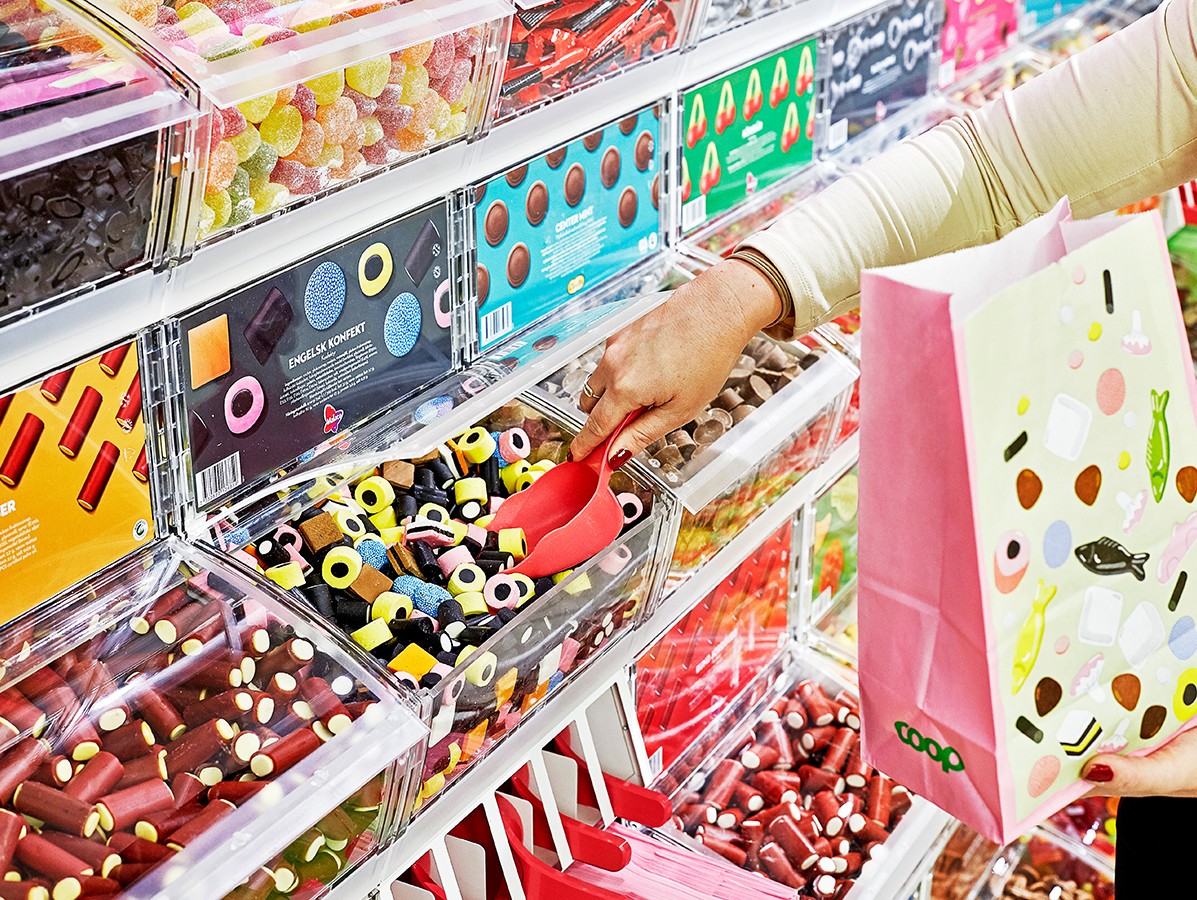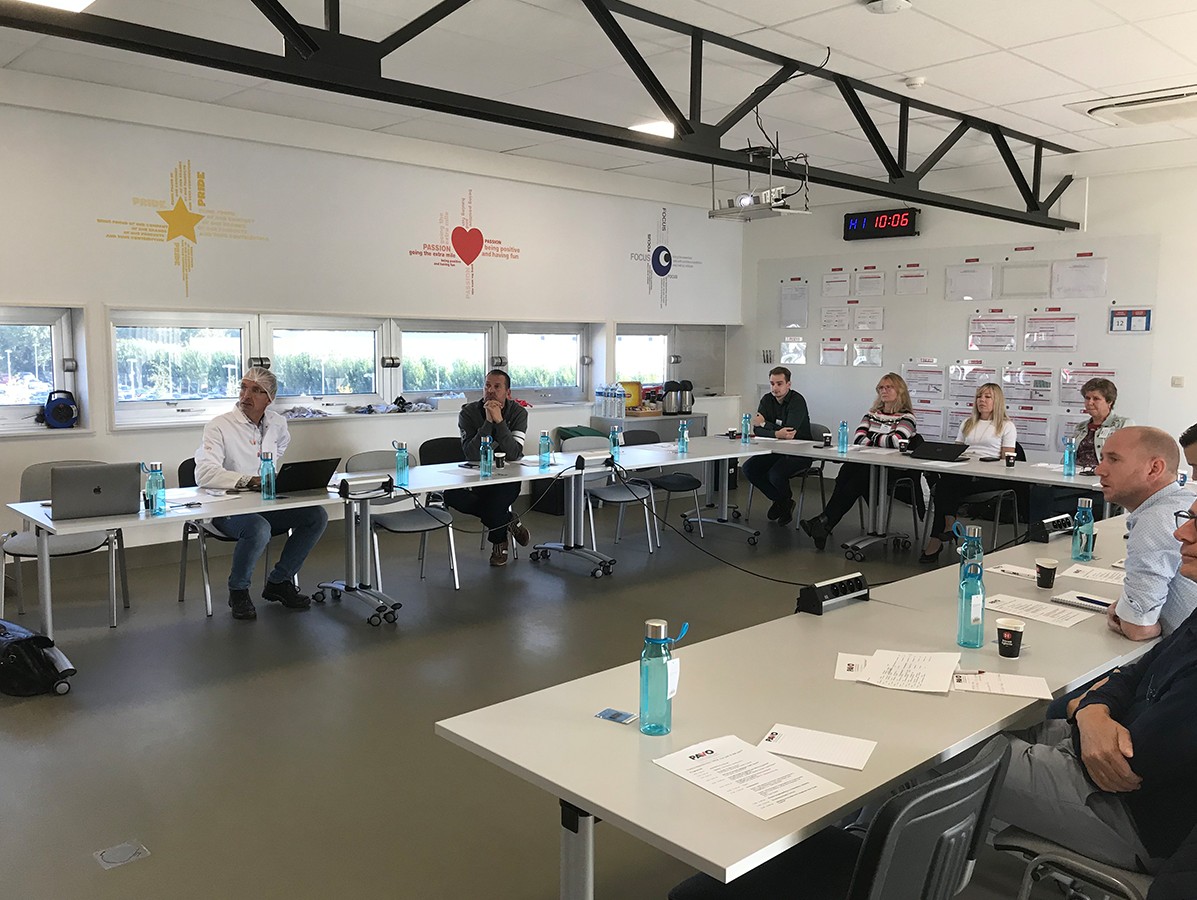
Many companies are still struggling with the new BRC8: How do they get the new requirements for management commitment, food safety culture, root cause analysis and authorized personnel implemented? How will the auditor assess? Is our company sufficiently prepared?
The abbreviation BRC no longer stands for the 'British Retail Consortium', but for Brand Reputation through Compliance'. In an interactive Theme meeting of the PAVO Foundation, participants were given insight, tips and tricks on how to implement the new standard aspects in BRC8 in their company.
The meeting took place at Cloetta in Turnhout. This Swedish sweets and nuts company produces sweets from brands such as King, Red Band, Venco, Lonka, XyliFresh and Läkerol. The candy manufacturer has three locations in the Netherlands. Interesting detail: during the meeting an unannounced BRC audit against the BRC8 standard took place in Turnhout. The audit was completed with only a few minor deviations and thus a good result. Cloetta was well prepared for BRC8!

Photo: Cloetta-factory in Turnhout, Belgium
The PAVO Foundation is a network of food companies and their suppliers that works on practical knowledge and information exchange between companies in the food industry (food and feed). Every year, PAVO organises thematic meetings, company visits, round table meetings and an annual conference for its members. The focus is on knowledge and information that is broadly production and technology oriented. (The full presentations of this BRC meeting can be found on PAVO's website in a closed section, and are free of charge for members and their employees).
Twan Haasen of the PAVO Foundation mentioned some important changes within the BRC8, including the Whistleblowing system, Source Research (rootcause analyses) and Work with the right authorities. He explained a number of changes in more detail, including the fact that it is mandatory to implement a food safety culture in BRC8. "Management draws up a plan with defined activities to develop and improve the food safety and quality culture. Please note that this plan will only be assessed for effectiveness during the 2nd audit against BRC8. After all, then the plan will exist for one year and must be measurable."
Another important change concerns the point that the production environment must be free of pathogens. "The production environment must not cause contamination of products", Twan explains. "Are you critical enough about your environmental research? Carry out a risk analysis and make a clear case for why you do or do not find something. Show that you have mastered the microbiological environmental factors. Think about Listeria, Enterobacteriaceae, Salmonella and Cronobacter sakazakii (in baby food). Divide your factory into zones, where the number of samples increases as you get closer to the open product, especially after a heat treatment and when it concerns a ready-to-eat product." Other points of attention that he mentioned are: Prevent cross-contamination of allergens in your product; Protect your business; and Compressed air can contain oil and moisture and is therefore filtered at the point of use (Standard 4.5.3).
Furthermore, roofs of loading and unloading areas must be free of bird nests (Standard 4.14.7) and it is essential that employees are trained in recognising vermin spores (e.g. droppings of different types of rodents): so be sure to tell the staff something about this during your hygiene training (Standard 4.14.12). "Experience has shown that 'non conformities' have been written, particularly on the most recent notable changes mentioned", concludes Twan, "and not so much in the area of food safety culture and the whistleblowing system".

Annelies van Oosterom of DNV GL, one of the largest certification bodies worldwide, talked about food safety issues, DNV GL's audit method and of course the new BRC8. "Within BRC8 we see three notable changes. These are the food safety culture, environmental monitoring and the changes in the area of carrying out internal audits," says Annelies. She tells the participants how DNV GL views this and how it is dealt with during the audit. She also explains that audits are always carried out according to the same pattern. "We audit according to a number of rules: the accreditation, the standards organisation itself, the interpretation document, interim positioning statements, calibration meetings and study days. As a certification body, we must comply with these rules. Our auditors are 'calibrated' several times a year. This means that they are trained to perform audits in a uniform manner. After all, it is important that every organisation is audited in the same way, with the same interpretation of the standard."
Experiences of others and examples from practice are illustrative and help entrepreneurs on their way. Quality & Foodsafety manager at Cloetta Turnhout, Patric Hennekes gave examples of what they have done to comply with the new BRC8 rules. "In order to comply with the new whistleblowing system, reporting cards have been introduced that allow anyone to report anonymously. The notification cards are dealt with daily in the 24-hour meeting. Reports are also resolved every 24 hours. As part of the food safety culture, we conduct quality interviews with various disciplines within the organisation on a daily basis. Every week and every month, we evaluate the issues raised in these discussions. In addition, we regularly organise training sessions and 'canteen sessions' to familiarise employees with the new standard. We use a risk assessment programme to check our suppliers. Audits also take place on a regular basis."
The good interaction within the group of participants was special. This led to lively discussions and facilitated the transfer of knowledge. During the guided tour of the company, they were also given a good insight into the production techniques of the sweets. It was clear that in recent years considerable investments had been made in this production plant. The climate chambers have been upgraded and a completely new moulding line has been installed. Further investments will be made in new production lines in the near future.
Source: © Cloetta